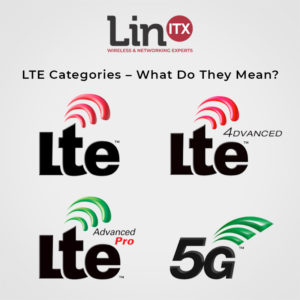 As a supplier of many different types of LTE devices from manufacturers including Teltonika, QuWireless, MikroTik, Ubiquiti and TP-Link, we’re often asked by our customers what the different LTE categories offer and what speeds they are capable of.
As a supplier of many different types of LTE devices from manufacturers including Teltonika, QuWireless, MikroTik, Ubiquiti and TP-Link, we’re often asked by our customers what the different LTE categories offer and what speeds they are capable of.
In this quick-guide to LTE, we’ll take you through the most common LTE devices and their uses, as well as define what LTE is and how it’s used.
What is LTE?
LTE stands for Long Term Evolution and is usually referred to in conjunction with 4G connections. It’s a 4th generation wireless communication standard, first created in 2008. LTE also provides long-term network continuity, being compatible with older 2G and 3G networks.
It’s worth noting that LTE offers increased throughput and lower latency, dramatically improving on 3G network performance; in terms of speed, 4G LTE is 5-10 times faster than 3G.
4G LTE can achieve speeds of up to 300 Mbit/s downlink and 75 Mbit/s uplink, with a latency of under 20 milliseconds.
**As an update to the table below, we now have LTE Cat20, details of which can be found here: What is LTE Cat20 and What Are the Benefits?
Different LTE Categories:
| LTE Category | Downlink Speed (Mbit/s) |
MIMO Connections | Uplink Speed (Mbit/s) |
|---|---|---|---|
| NB1 | 0.68 | 1 | 1.0 |
| M1 | 1.0 | 1 | 1.0 |
| 0 | 1.0 | 1 | 1.0 |
| 1 | 10.3 | 1 | 5.2 |
| 2 | 51.0 | 2 | 25.5 |
| 3 | 102.0 | 2 | 51.0 |
| 4 | 150.8 | 2 | 51.0 |
| 5 | 299.6 | 4 | 75.4 |
| 6 | 301.5 | 2 or 4 | 51.0 |
| 7 | 301.5 | 2 or 4 | 102.0 |
| 8 | 2,998.6 | 8 | 1,497.8 |
| 9 | 452.2 | 2 or 4 | 51.0 |
| 10 | 452.2 | 2 or 4 | 102.0 |
| 11 | 603.0 | 2 or 4 | 51.0 |
| 12 | 603.0 | 2 or 4 | 102.0 |
| 13 | 391.7 | 2 or 4 | 150.8 |
| 14 | 3,917 | 8 | 9,585 |
| 15 | 750 | 2 or 4 | 226 |
| 16 | 979 | 2 or 4 | n/a |
| 17 | 25,065 | 8 | n/a |
| 18 | 1174 | 2 or 4 or 8 | n/a |
| 19 | 1566 | 2 or 4 or 8 | n/a |
UK 3G/4G/LTE Network Speeds:
There are 4 main mobile UK networks offering their own services, they’re also used via other virtual network operators. Listed below are some of the most popular operators and their speeds (at the time of writing July 2022).
| PROVIDER | GSM Frequencies | 3G Frequencies | 4G/LTE Frequencies |
|---|---|---|---|
| EE Virgin Asda |
1800Mhz | 2100Mhz | 1800Mhz (Band 3) 2600Mhz (Band 7) |
| BT Mobile | 1800Mhz | 2100Mhz | 800Mhz (Band 20) 1800Mhz (Band 3) 2100Mhz (Band 7) |
| O2 Giffgaff Lyca Tesco TalkTalk |
900Mhz 1800Mhz |
900Mhz 2100Mhz |
800Mhz (Band 20) |
| Vodafone Lebara |
900Mhz 1800Mhz |
900Mhz 2100Mhz |
800Mhz (Band 20) 2600Mhz (Band 7) |
| Three | – | 2100Mhz | 800MHz (Band 20) 1800MHz (Band 3) |
| Relish (UK Broadband) |
– | – | 3500Mhz (Band 42) 3700Mhz (Band 43) Note : Relish uses TDD, not FDD |
LTE + Mobile Network Devices:
LinITX stock a wide variety of LTE and mobile devices. Two of our most popular brands for LTE components are Teltonika and MikroTik, offering a number of different 3G/4G/LTE solutions. Listed below are the top-selling LTE devices.
Top 5 Teltonika LTE Devices:
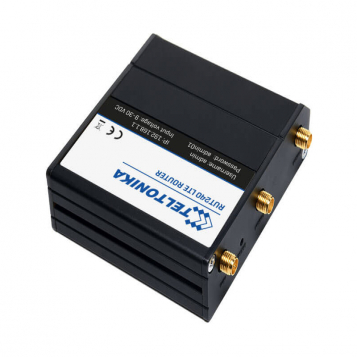 Teltonika RUT240 LTE Router – RUT2400DB170
Teltonika RUT240 LTE Router – RUT2400DB170
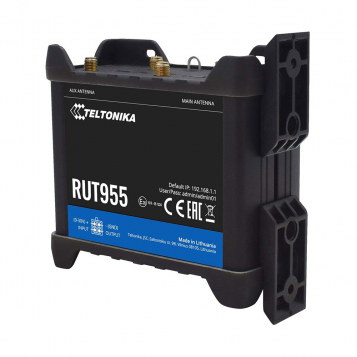 Teltonika RUT955 Dual-Sim 3G 4G LTE Router – RUT955003530
Teltonika RUT955 Dual-Sim 3G 4G LTE Router – RUT955003530
 Teltonika RUT950 Dual Sim LTE Router – RUT9500026H0 (Updated Design)
Teltonika RUT950 Dual Sim LTE Router – RUT9500026H0 (Updated Design)
 Teltonika RUT240 LTE Router International Version – RUT24007B000
Teltonika RUT240 LTE Router International Version – RUT24007B000
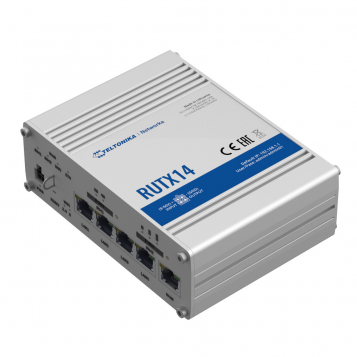 Teltonika RUTX14 4G LTE Cat 12 Industrial Cellular WiFi Router – RUTX14000000
Teltonika RUTX14 4G LTE Cat 12 Industrial Cellular WiFi Router – RUTX14000000
Top 5 MikroTik LTE Devices:
 MikroTik LHG LTE Router Kit – RBLHGR+R11e-LTE
MikroTik LHG LTE Router Kit – RBLHGR+R11e-LTE
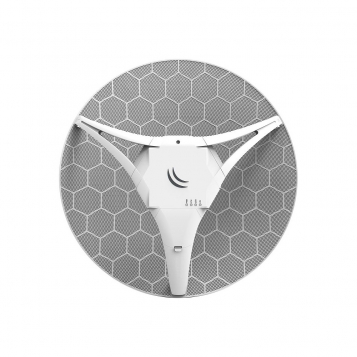 MikroTik LHG LTE6 Cat6 4G Outdoor Long Range Router – RBLHGR+R11e-LTE6
MikroTik LHG LTE6 Cat6 4G Outdoor Long Range Router – RBLHGR+R11e-LTE6
 MikroTik RouterBoard CAT6 LTE Modem – SXT LTE6 Kit (RBSXTR+R11e-LTE6)
MikroTik RouterBoard CAT6 LTE Modem – SXT LTE6 Kit (RBSXTR+R11e-LTE6)
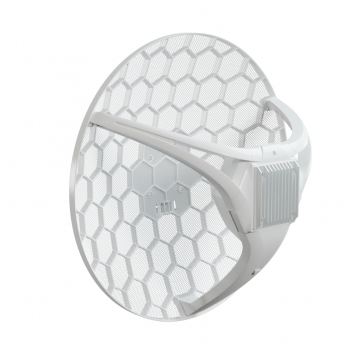 MikroTik LHGG LTE6 Kit with Gigabit Ethernet – RBLHGGR+R11e-LTE6
MikroTik LHGG LTE6 Kit with Gigabit Ethernet – RBLHGGR+R11e-LTE6
If you have any questions regarding the most common 3G/4G/LTE categories or devices, please get in touch with our technical team on 01449 888000 or email shop@linitx.com if you’d like further details on our range of LTE networking products.
 LinITX Blog Ubiquiti & MikroTik Wireless Networking Experts
LinITX Blog Ubiquiti & MikroTik Wireless Networking Experts

 MikroTik LtAP Mini LTE Access Point Kit – RB912R-2ND-LTM+R11E-LTE
MikroTik LtAP Mini LTE Access Point Kit – RB912R-2ND-LTM+R11E-LTE
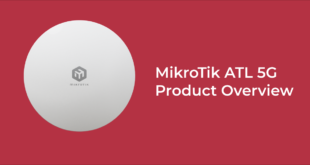


One comment
Pingback: What is LTE Cat20 and What Are the Benefits? - LinITX Blog